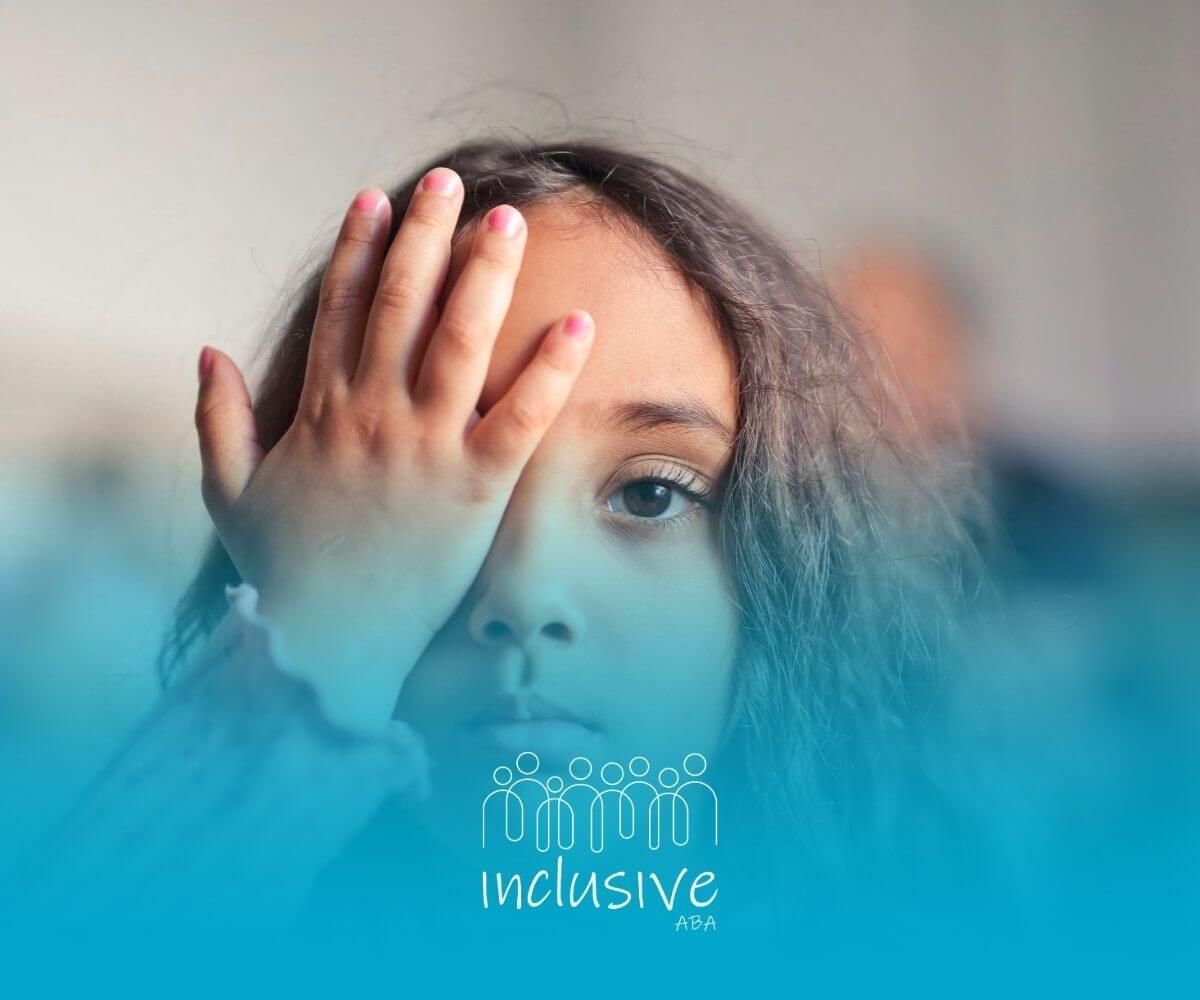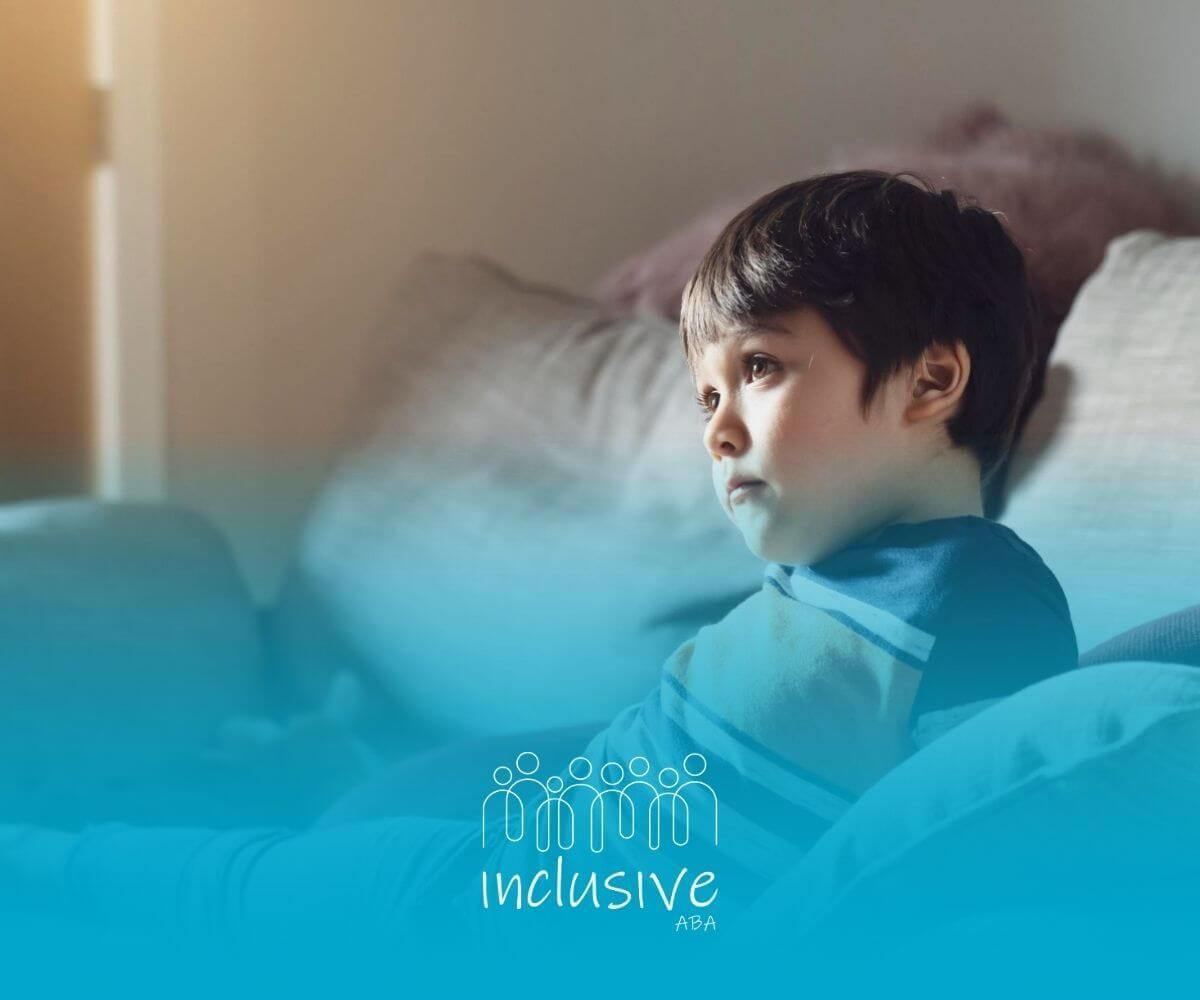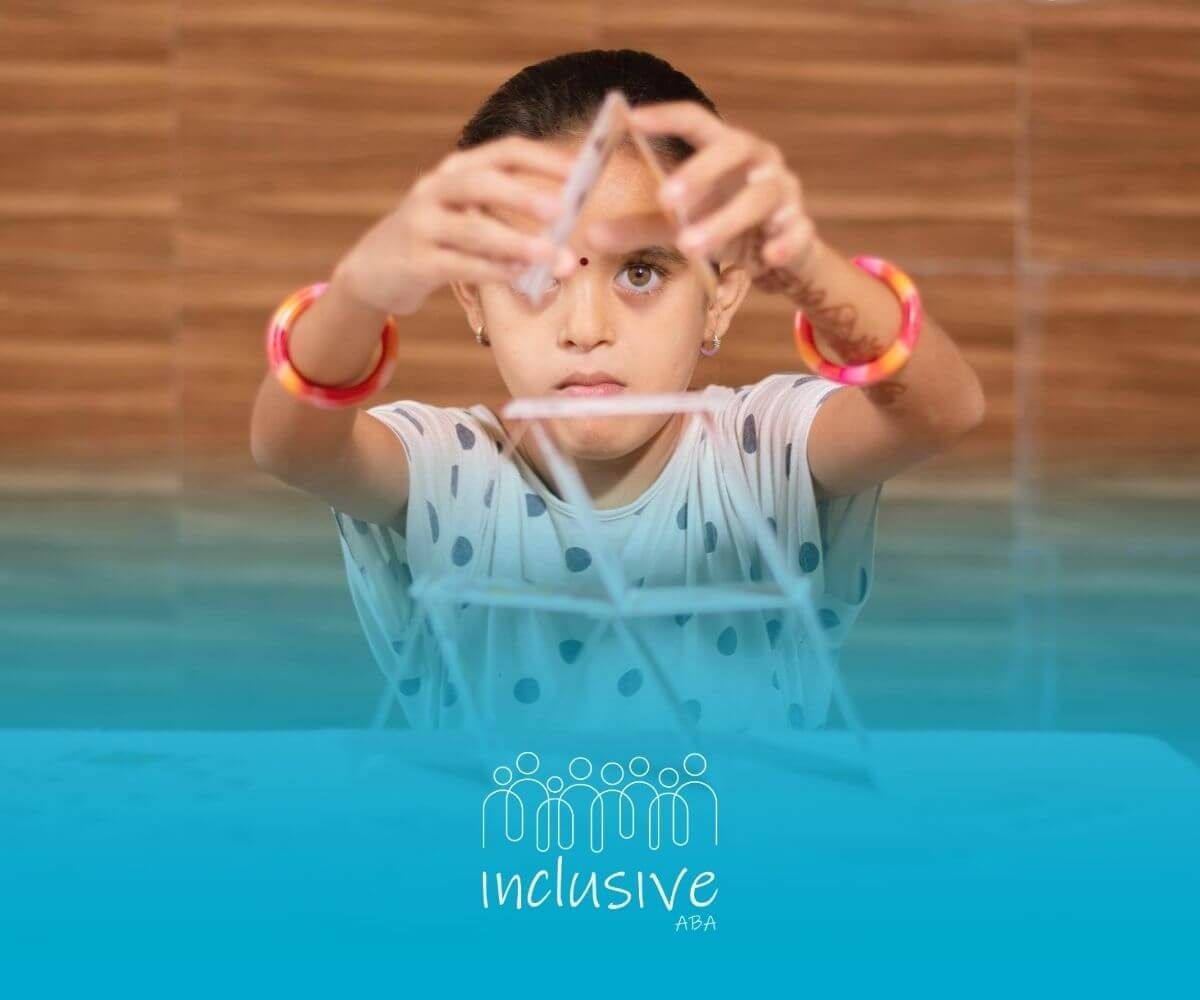Delving into Causes of Autism Spectrum Disorder
Understanding Autism Spectrum Disorder
Definition and Developmental Impact
Autism Spectrum Disorder (ASD) shows up as a mix of quirky and unique characteristics that often pop up by age two. Some kids may like their sandwiches always cut in triangles, while others may chat your ear off about dinosaurs, ignoring any lunch talk altogether. ASD scenes vary greatly, with some needing extra hands-on help and others cruising along on their own.
For some, it feels as though daily functioning needs a translator when interacting with folks. ASD throws a curve at processing social nuances, chatting it up, and even how thoughts are processed. For some, it means learning through a slightly different lens, with some surpassing expectations in specific areas and others needing a bit more guidance.
| Aspect of Development | Impact on Individuals with ASD |
|---|---|
| Social Interaction | Challenges in reading social signs and building friendships |
| Communication | Struggles in both talking and understanding gestures |
| Learning | Not a one-size-fits-all grasp; some might struggle while others breeze through |
| Behavior | Engaging in repeated actions or having highly focused interests |
Behaviors and Health Care Needs
Folks with autism sometimes have signature moves; certain patterns in behavior and health needs make each journey unique. Think of differences in how they connect with others or handle conversations—along with some health hiccups here and there.
Getting to the right support at the right time can make all the difference in making things smoother, especially early in life. The right steps in care can shift the gear to a better quality of living. Here's a peek at health care considerations for ASD:
| Health Care Needs | Description |
|---|---|
| Diagnostic Assessments | Detailed evaluations to confirm autism's presence |
| Behavioral Therapy | Steps to boost social skills and lessen any rocky behaviors |
| Speech Therapy | Helps improve talking and understanding language |
| Physical and Occupational Therapy | Getting help with movement and everyday stuff |
Getting the lowdown on ASD’s effects is vital for parents, fam, and pros alike aiming to support someone diagnosed with autism. If sniffing out signs of autism in kiddos is on your radar, jump over to our autism symptoms in children read, and for a closer look at what makes an autism diagnosis, hit up our article on autism diagnosis criteria.
Factors Shaping Autism
Peeking into what stirs up autism spectrum disorder (ASD) no doubt means looking into a mix of genes and what’s happening around us. It's a blend of both nature and nurture that sheds some light on why ASD happens.
Nature vs. Nurture
The genetic makeup we inherit, paired with the environment we grow up in, can lead to ASD. Our genes are like tiny blueprints passed down through the family, meaning if parents or close kin have ASD, there's a chance it can trickle down to offspring. But it's not just genes—environmental aspects, such as things an expectant mom goes through, can also have a say in whether a child develops autism.
| Factor | What's It About? |
|---|---|
| Genes | Family ties can mean higher risk of ASD |
| Surroundings | Things like what mom-to-be experiences can impact risk |
Outside Influencers
Certain outside factors may team up with genes to tip the scales toward ASD. Some stuff that might come into play includes what’s happening during pregnancy, the mom's health, and what the child is exposed to after birth—like pollutants. This mash-up of genes and environment is key in understanding autism’s origin story.
| Outside Risk Factors | What They Include |
|---|---|
| Before Birth | Medications, toxic stuff, infections while in the womb |
| Mom's Health | Conditions like diabetes, older age, weight issues |
| After Birth | Contact with heavy metals, pollutants |
Genetic Building Blocks
Genetic elements of ASD are getting more attention. There’s a pile of research pointing at genetic tweaks that might mess with how the brain develops. By pinpointing which genes could be responsible, it's easier to see why ASD shows up in some and not others.
| Genetic Pieces | What’s Involved? |
|---|---|
| Passed Down | Genetic links mean siblings may also share the risk |
| Gene Changes | Genetic shifts tied to higher autism risk |
Mixing what we know about genes with environmental bits gives us a better grip on what leads to autism. This goldmine of information can guide parents, teachers, and professionals to better support folks with ASD.
Busting Autism Myths
Getting to the heart of myths about Autism Spectrum Disorder (ASD) is no joke, especially for parents, loved ones, and teachers. Misinformation can whip up needless fear and stigma, so it’s key to set the record straight about vaccines, genetics, and outside factors.
The Vaccine Hoax
One of the stickiest falsehoods is about vaccines causing autism. Tons of studies have shot down this myth, proving vaccines don't up the chances of an autism diagnosis. The
Mayo Clinic points out that the original study pushing this idea was pulled from books because it was shoddily done. Even more digging, like meta-analyses, backs this up, showing things like thimerosal and the MMR vaccine (measles, mumps, rubella) have zilch to do with autism.
| Study Type | Findings |
|---|---|
| Meta-Analysis | No tie between vaccines and autism |
| Retraction | Original study called out for bad methods |
Genetics: Setting the Record Straight
There’s also confusion around genetics and autism. New findings show it’s a one-two punch of genetic and environmental factors. The genes linked to autism can pop up in people without ASD, which means families need to know a higher risk doesn't mean autism is a sure thing.
According to the Centers for Disease Control and Prevention, about one in 36 kids is identified with ASD. Getting wise to the genetic puzzle busts the myth that one gene or trait is the lone culprit for autism.
| Statistic | Data |
|---|---|
| ASD Frequency | 1 in 36 children |
| Genetic Puzzle | It's complex, not just a single factor |
Clearing Up Environmental Effects
Environmental factors often get misunderstood too. The Environmental Factors in Autism Initiative by Autism Speaks highlights that while some environmental aspects might play a part, it’s not a straight cause-and-effect deal. Studies show that being around certain risks doesn't usually equal an autism diagnosis.
Realizing that both genetics and environment play roles in ASD paves the way for clearer understanding. It helps parents and educators grasp intervention options and keeps them from simplifying the causes too much.
By untangling these issues, families and professionals can rally around individuals with autism and push for sharper info in their circles. For more scoop on what makes up this condition, swing by our section on what is autism spectrum disorder.
Pathogenesis of Autism
Getting a handle on how Autism Spectrum Disorder (ASD) kicks in can really help in figuring out what causes it in the first place. Here, we'll dig into what goes on before and after birth, how genetic hiccups come into play, and the way the brain grows and changes in folks with ASD.
Prenatal and Postnatal Factors
Autism tends to pass down through families and can get rolling before a baby even sees the light of day. It tweaks how kids see and react to the world around them. Early stages of development are like an orchestra of biological processes like cell growth, brain building, and more. If these bits don't play together well, autism might rear its head later on.
Scientists using super-smart tech like induced pluripotent stem cells (iPSCs) point out how crucial pre-birth factors are. Folks with unexplained (idiopathic) ASD seem to hit snags like too many cells forming, brain cells not shaping up right, and connections going haywire. So, ASD's not just a brain thing, but a body-wide situation with several systems playing a part.
Genetic Mutations and Onset
Genes have a lot to say when it comes to autism and they're not speaking in simple sentences. ASD risk factors tie back to brain growth mainly before birth, especially when the brain's starting to layer up. This is when choices about what kind of brain cells to make and where they need to go are decided.
ASD’s ingredients include everyday genetic variations, rare one-off mutations, and some genes playing the mix-and-match game in the body. Different genetic roads might lead to how ASD shows up.
| Genetic Aspect | Description |
|---|---|
| Common Gene Variants | Mutations that often pop up and lean on symptoms of ASD. |
| De Novo Variants | Newbie genes that show up out of nowhere during growth. |
| Somatic Mosaicism | Cell-specific gene changes that might shuffle the deck for brain development. |
Checking out the brains after life’s end, scientists dig up more proof of autism being a tangled web woven before birth.
Brain Development in ASD
The brain's road trip in autism goes through a few speed bumps during early life. Changes in how brain connections form and send signals can put the brakes on how brain cells grow into their roles, which plays into the social and thinking side of ASD.
What’s more, it seems ASD might not just hang out in the brain alone. It could shake up other body parts too, thanks to many ASD-related genes popping up across the body. This broad effect may help explain the wide range of symptoms and hurdles people with autism deal with.
Peeling back the layers of autism through the lens of prenatal and postnatal factors, gene stuff, and brain changes uncovers the many sides of this condition.
Research and Interventions
Our grasp of autism spectrum disorder (ASD) is always expanding with research, shaping the way we diagnose and suggest interventions. Let's check out a few things: genetic testing's part in diagnosing autism, prevention tips that might help, and proven interventions.
Genetic Testing and Diagnoses
Genetic testing? It's like checking under the hood of a car to find out what's really going on. It shows up those genetic blips possibly tied to tough add-ons like epilepsy. While no single blip shouts "autism," a bunch of them together might raise the chances. It's kinda like a group project where everyone chips in, including genes and the environment, to develop autism.
Though genetic tests can't shout out autism for sure, they're pretty handy in letting families in on the genetic twists and turns linked to the disorder. Here's a bit more on the autism diagnosis criteria.
| Type of Genetic Testing | Purpose |
|---|---|
| Chromosomal Microarray | Finds chromosomal glitches |
| Whole Exome Sequencing | Spots mutations in genes that make proteins |
| Targeted Gene Panels | Checks for known genetic conditions tied to autism |
Preventive Strategies
Let's talk prevention. People suggest different tricks to dodge autism risk factors, like:
- Prenatal Care: Keeping an eye on mom's health before and during pregnancy can be a game-changer. Think prenatal vitamins and a good diet lowering the odds of neurodevelopment issues.
- Environmental Awareness: Keeping away from nasty stuff like pollutants and toxins while expecting might boost a baby's development. Research picks up on the need to blend genetic and environment risk factors.
Effective Interventions
Help's at hand with a bunch of interventions that get kids with autism closer to their potential. Some folks try special diets or supplements - but the jury's still out on most, and it's wise to dodge miracle cures.
Here are some that work:
- Applied Behavior Analysis (ABA): Uses behavior techniques to teach skills and curb hard-to-handle behavior. Got the research thumbs up for many kids with autism.
- Speech Therapy: Boosts communication skills — super helpful for kids who are nonverbal or have limited words.
- Occupational Therapy (OT): Aims to better daily living skills and tackle sensory roadblocks common in ASD.
To dig deeper, check out our piece on autism symptoms in children, which spots areas where an intervention might pitch in.
Research keeps sharpening our understanding of autism, helping families and pros help folks with ASD even better.
Rising Autism Rates
Got questions about why autism spectrum disorder (ASD) diagnoses seem to be popping up more these days? You're not the only one trying to figure that out. Parents, caregivers, and teachers all want answers. There are a few things in the mix – people talking about autism more, genetic influences, and what clever folks call an epidemiological view. But let's break it down without getting too fancy.
More Awareness and Reporting
Lately, the chat about autism has ramped up. Why? Well, schools, community groups, and doctors are all getting the word out. It’s this chatter and sharing stories that help folks notice autism signs in kids.
The Centers for Disease Control and Prevention tells us that roughly
one in 36 kids is spotted with autism spectrum disorder these days. That's a heads-up about how accurate we've become at figuring out who's got ASD, even if some might've slipped under the radar before.
Autism Diagnosis Estimated Prevalence (per 10,000)
The Role of Genetics
Think genes when considering autism rates. Science says genes matter a lot. Take twins as an example: identical twins have a 60-92% chance to both have autism, while fraternal twins have only a 0-10% chance. It’s not just science fiction – those genes are talking to each other.
There’s more though. Genetics might get a little boost (or maybe a shove) from other stuff, like a mom's age when she's pregnant, medicines she's taking, or facing gestational diabetes.
Epidemiology Peek
From this angle, there's a pile of studies looking at pregnancy factors. Older moms might face chromosomal hiccups and older dads might carry de novo mutations. Even things like mom bleeding during pregnancy are linked to snagging oxygen shortage for the baby, raising ASD chances.
| Prenatal Factor | Associated Risk |
|---|---|
| Advanced Maternal Age | Higher due to chromosomal hiccups |
| Maternal Medication Use | Possible effects on baby development |
| Gestational Diabetes | Unclear how it ups the odds |
| Maternal Bleeding | Connections to reduced fetal oxygen |
Getting a grip on these autism rates involves sussing out awareness, genetics, and what those studies are telling us. For anyone with an ASD connection, knowing the story behind it all can guide better support and intervention for those in need.
Looking for Expert Help? We're Here for You!
Our compassionate and skilled team is devoted to enhancing your child's development through customized ABA therapy. Let us partner with you to create a supportive environment for your child's success.
Discover how we can help your family thrive with expert ABA therapy.
Related Posts







